It’s taken five years or 50, depending on how you look at it. It’s been five years since David Brabham won a lengthy court battle for the right to apply his family name to a car once more, and 50 since his dad, legendary triple Formula 1 world champion Sir Jack Brabham, sold his stake in the business.
However you look at this car, the first new Brabham since the F1 team fizzled and died midway through the 1992 season, it really matters. For this is not a one-off Gavin & Stacey-esque appearance before heading back to retirement: it is intended to be the start of something big for Brabham. Something very big if you ask ex-F1 driver and Le Mans winner David Brabham. He has talked freely about plans to be racing at Le Mans in 2021 so people have naturally assumed this new BT62 will form the basis of that car. But it won’t because it can’t: the Brabham Le Mans car will race with the likes of Ferrari, Porsche and Aston Martin in the GTE category, which means it will need to be based on a road car. A road car we’ve not seen yet.
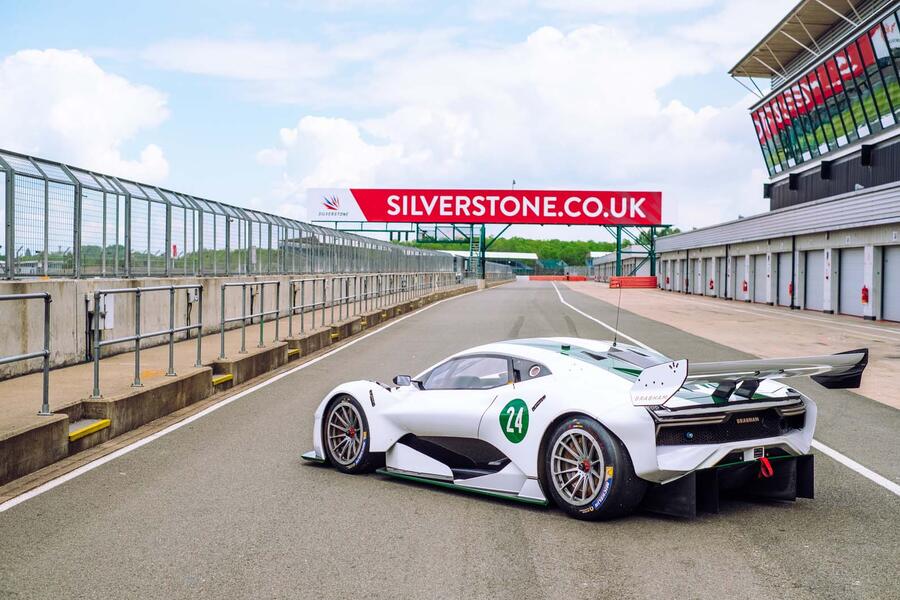
But that’s all for the future. For now, I’m squeezing my way into the BT62’s reasonably spacious cockpit, squinting at the hi-def screen in front of me and wishing there was a bit more room in the pedal box for my size 11s in this, the first prototype. Production cars will be more accommodating.
David leans in and talks me through the spec. I’ve done my homework but there’s no harm in being reminded what you’re about to take on. The car has a tubular structure to which is bolted a carbonfibre body. The brakes are carbon-ceramic discs clamped by carbon pads. The engine is a V8 that started life as a 5.0-litre Ford motor but has now been modified beyond recognition. It displaces 5.4 litres and produces 691bhp. And, no, there is not a turbo in sight. It drives through a six-speed sequential race gearbox to rear wheels controlled by pushrod suspension and clothed in simply enormous Michelin slicks. The whole thing weighs 975kg and produces, wait for it, 1200kg of downforce at 167mph. Which means it could happily drive upside down.

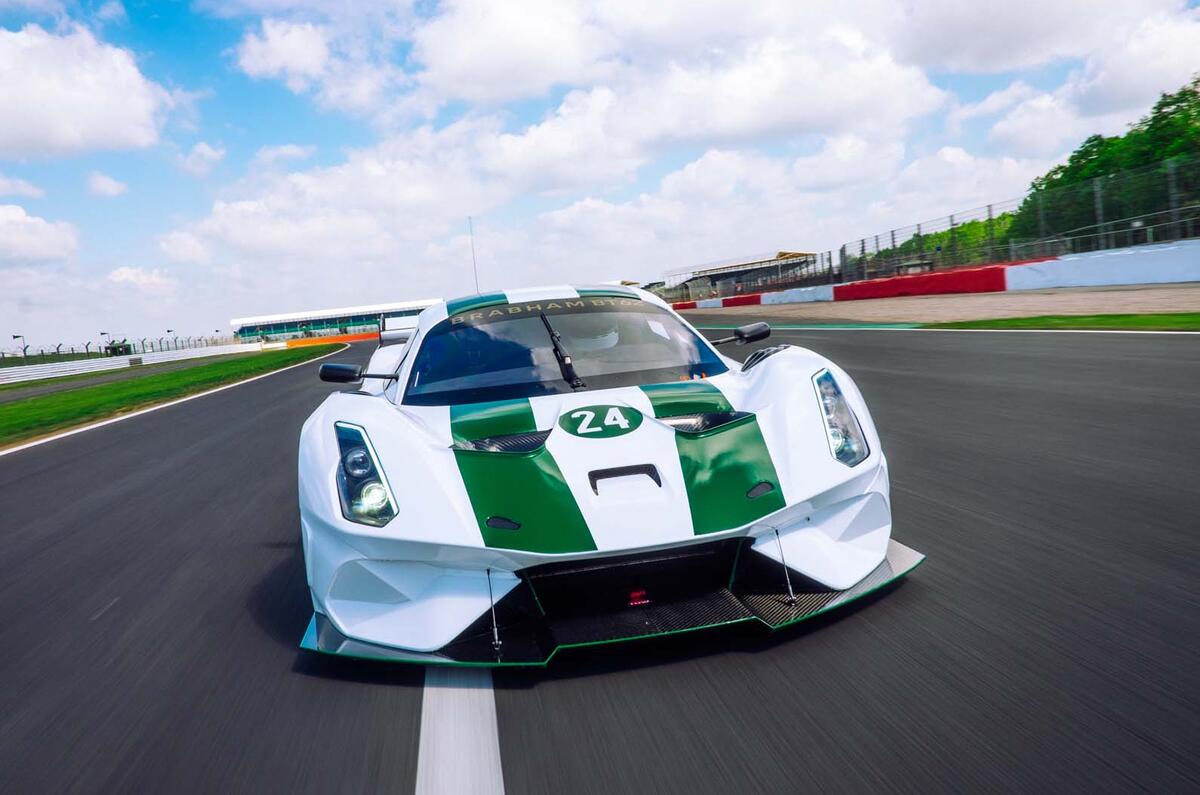
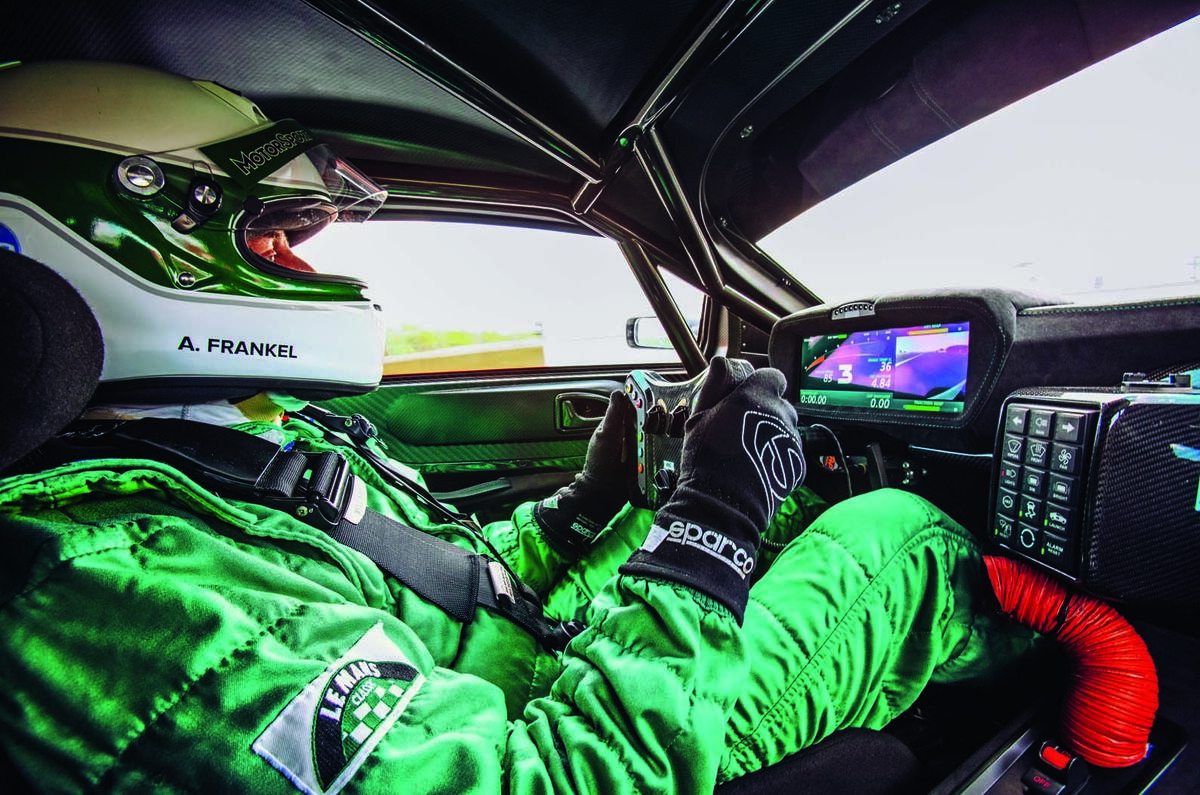
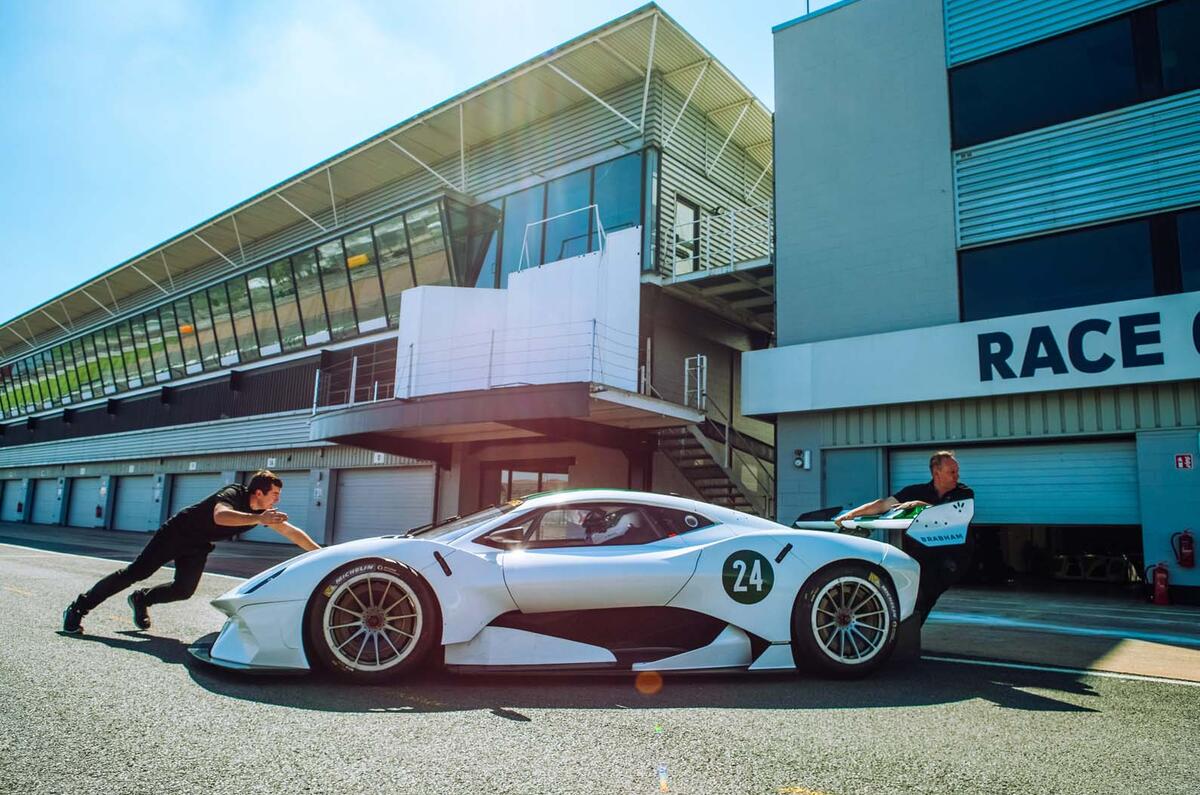
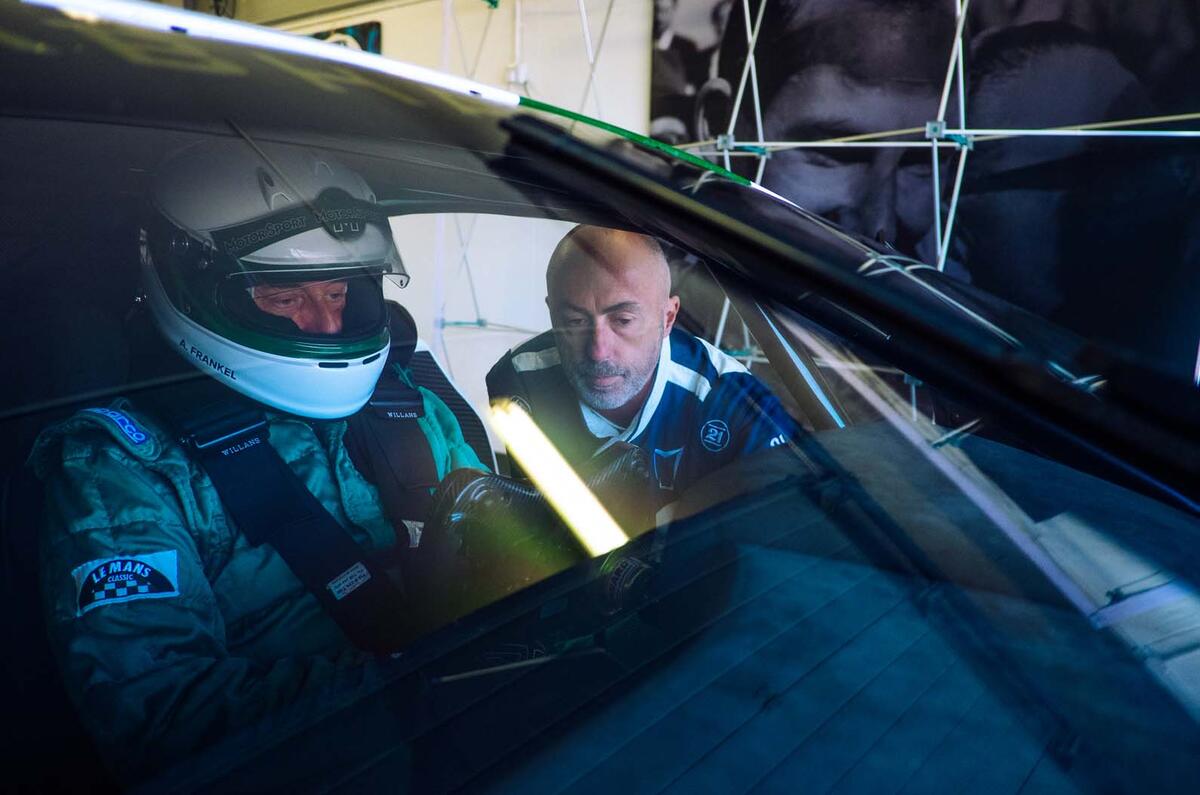
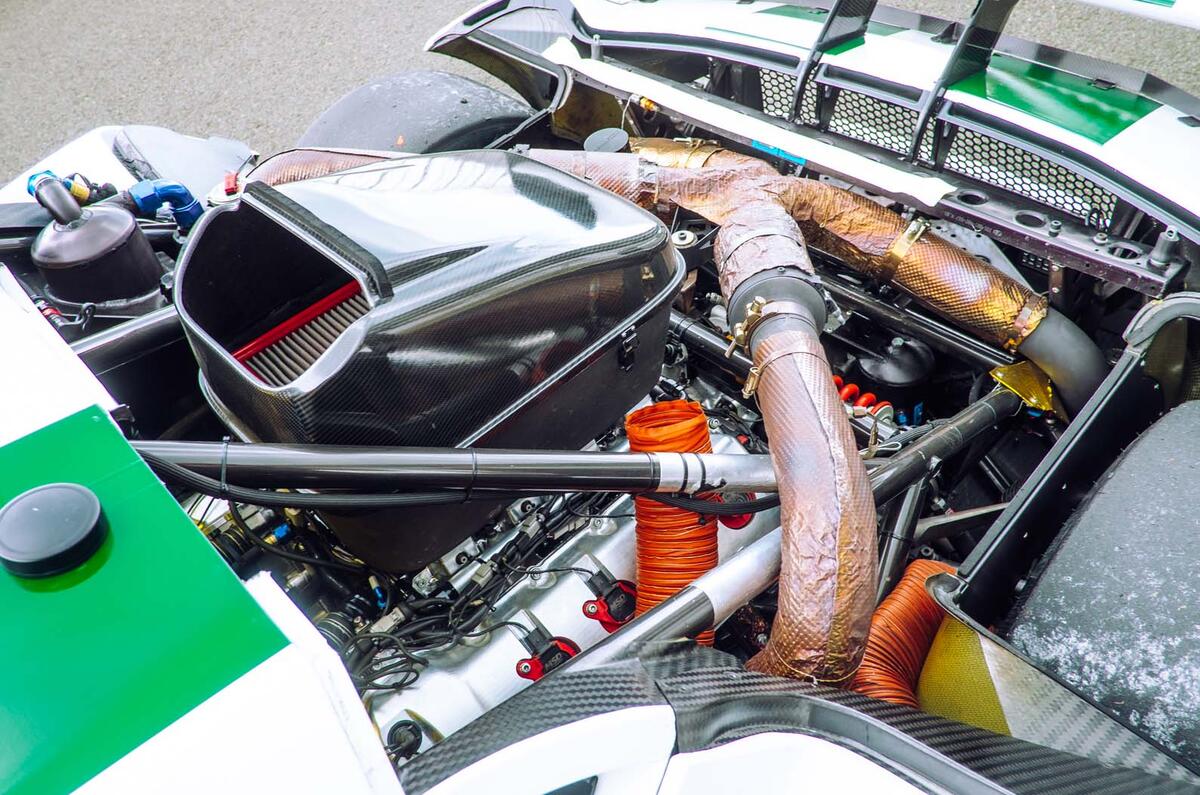
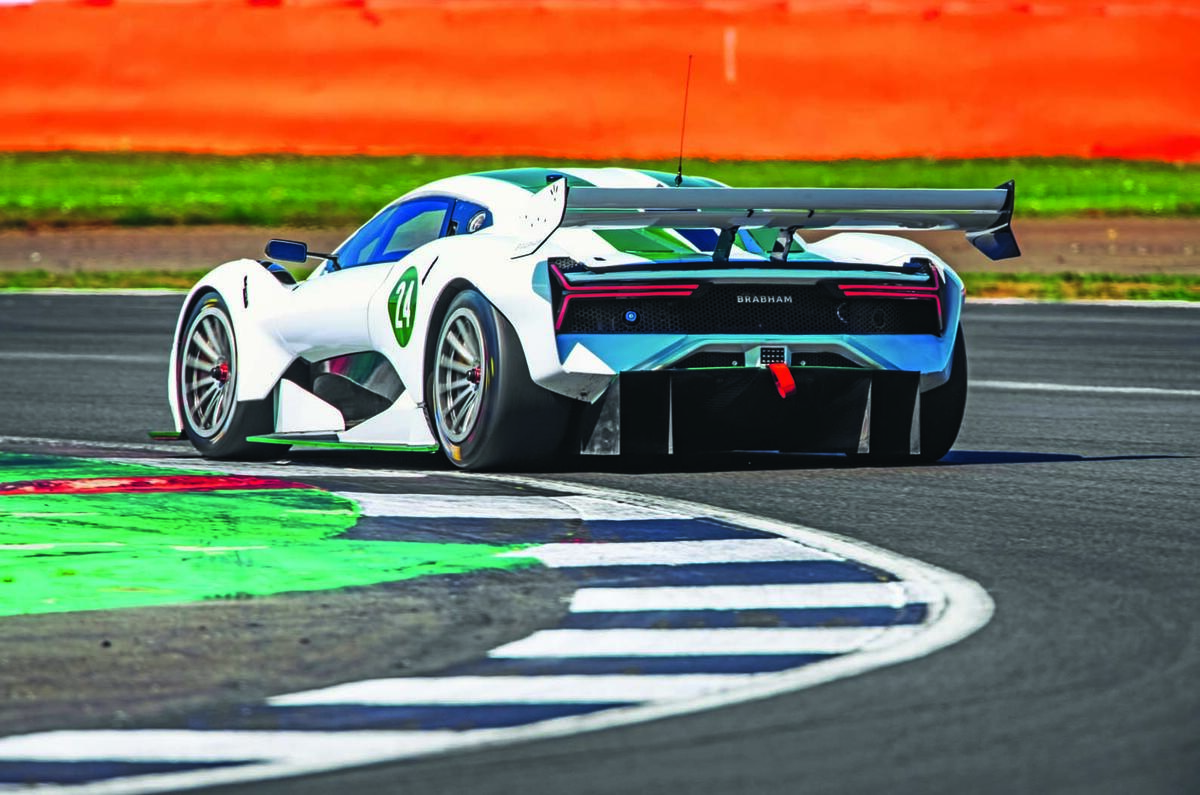
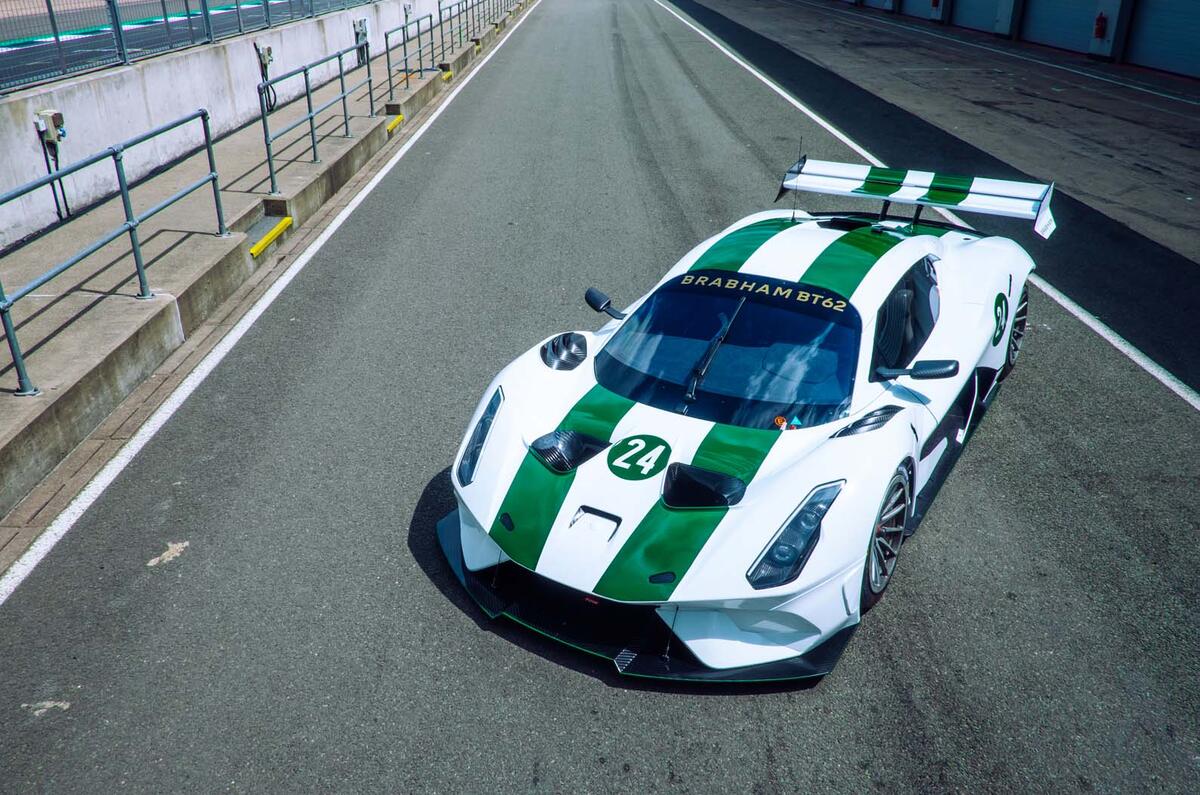
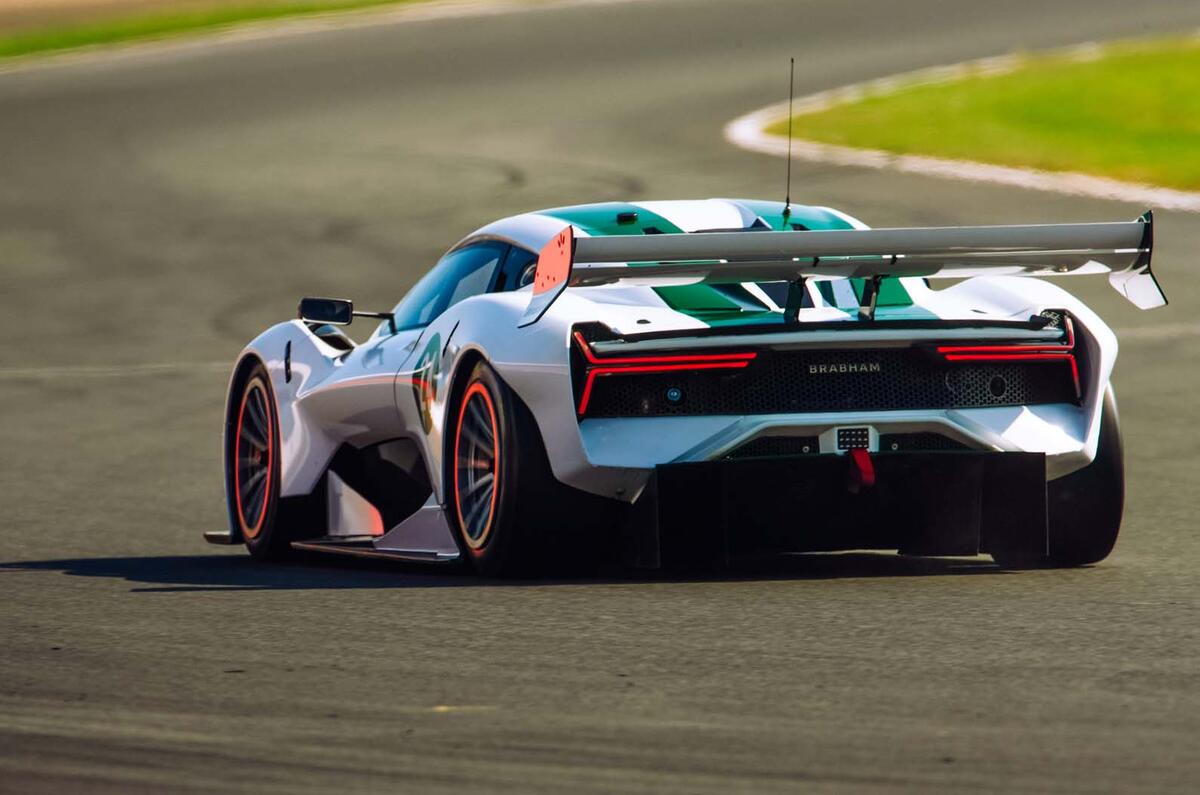
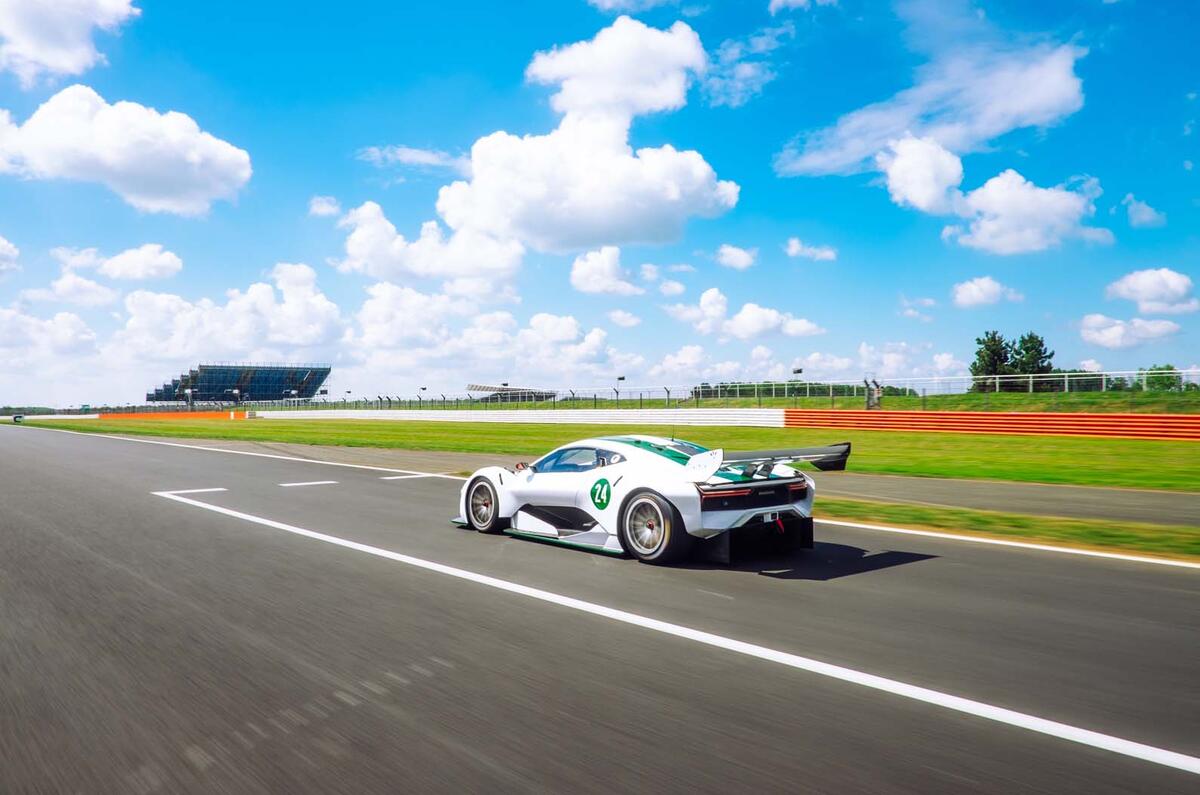
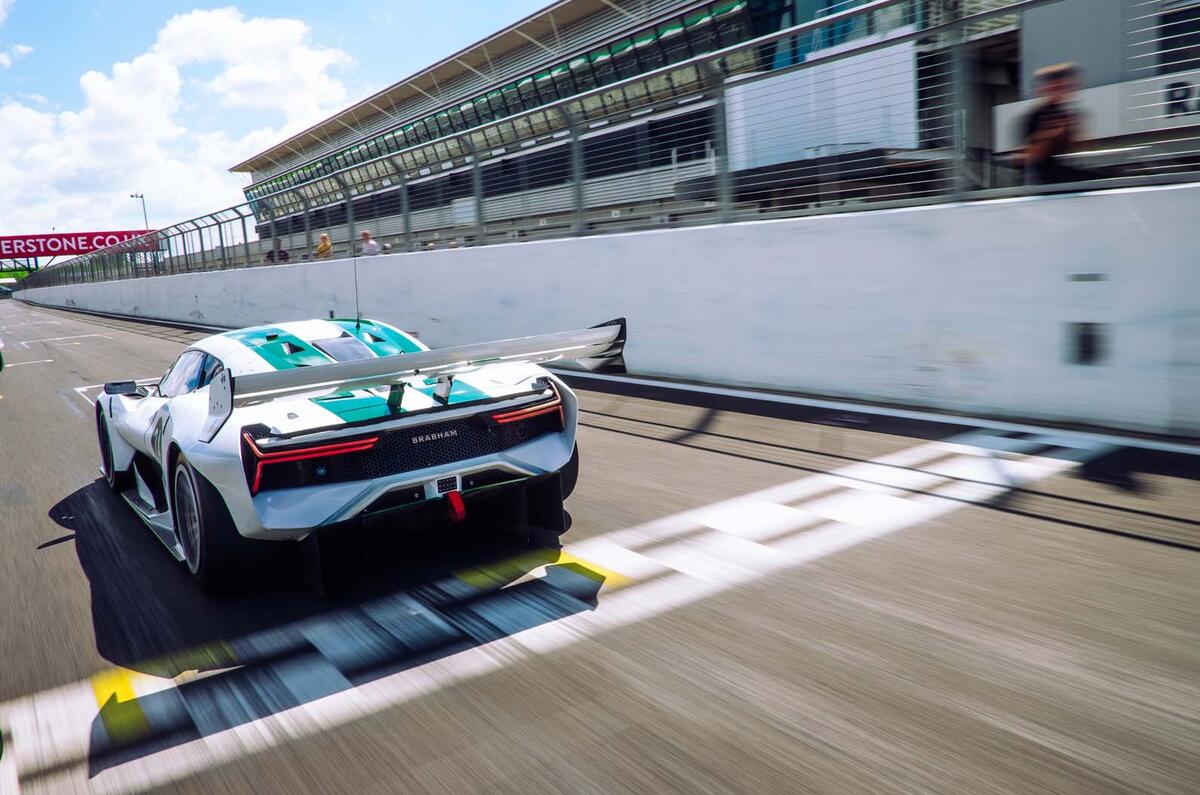
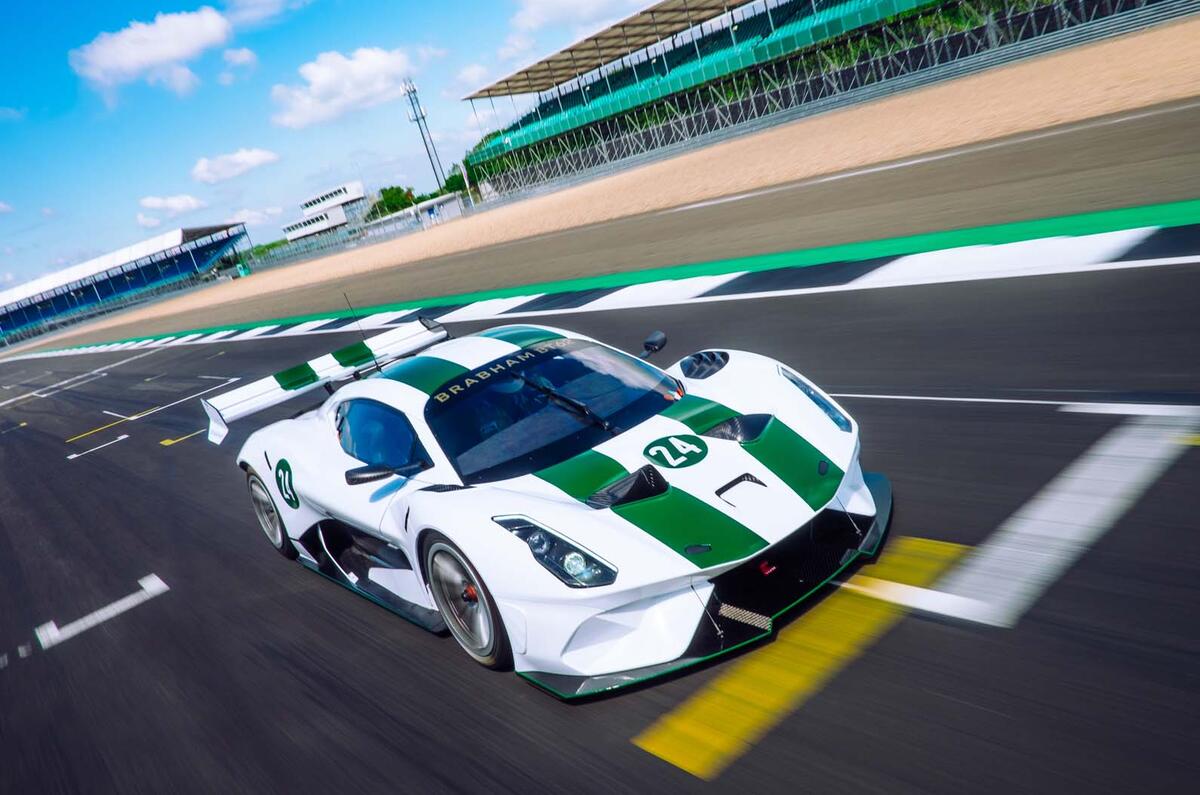

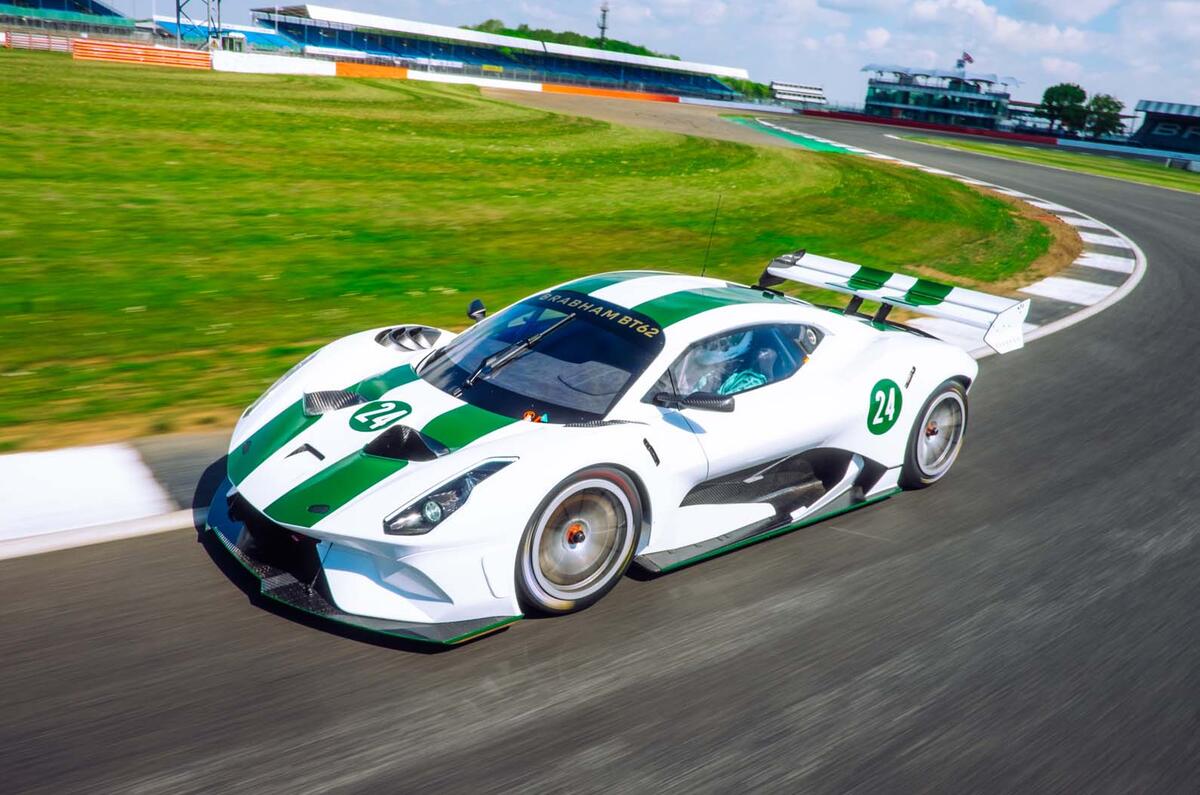
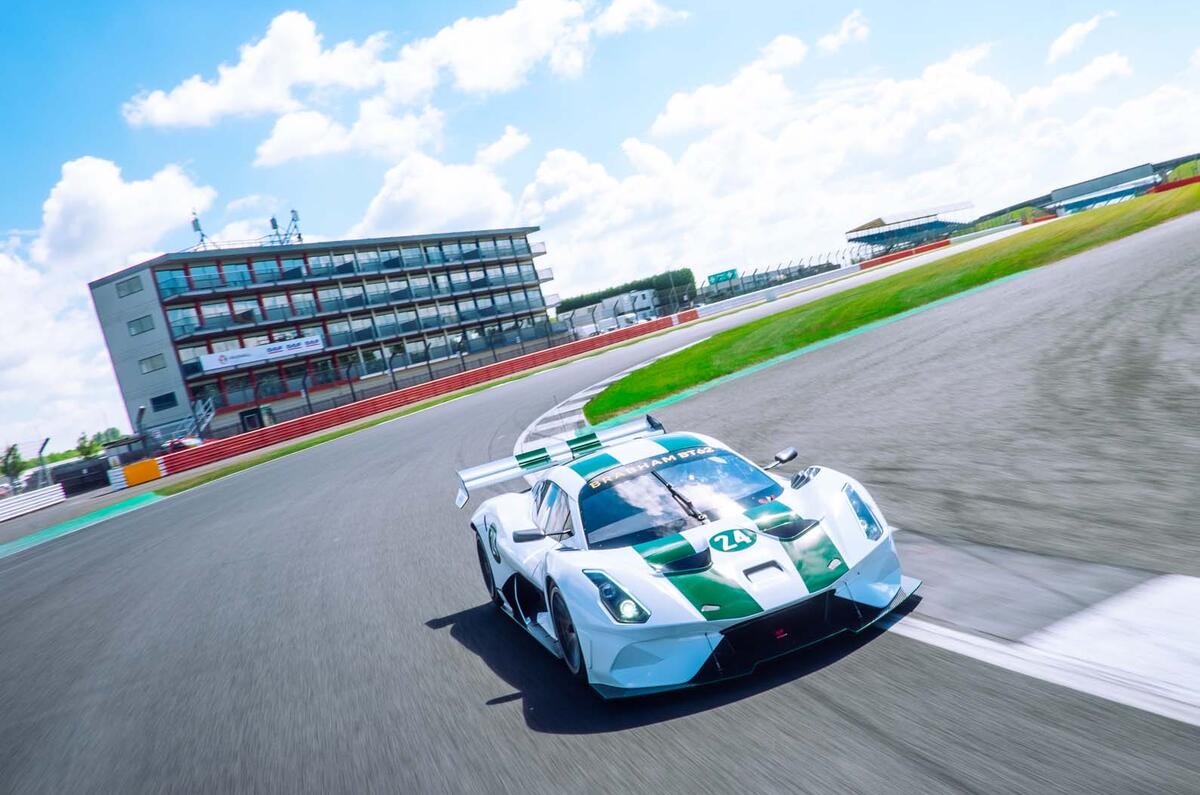
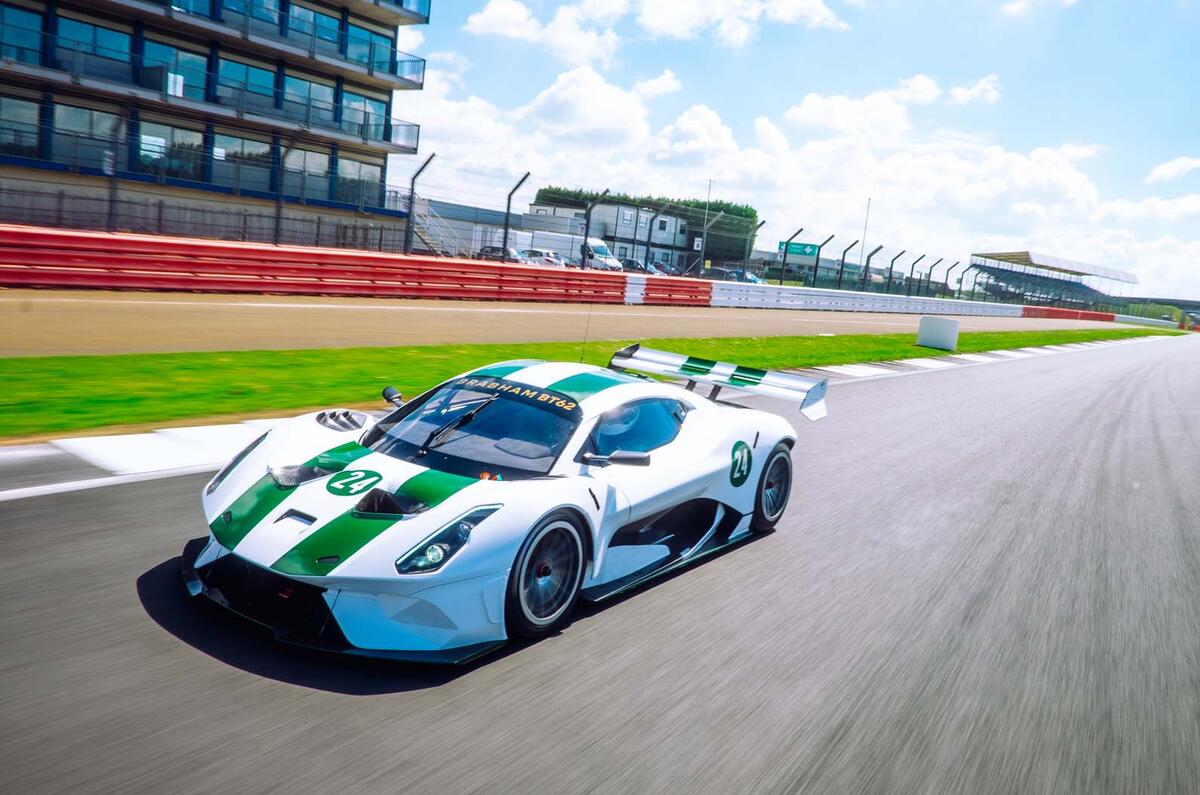

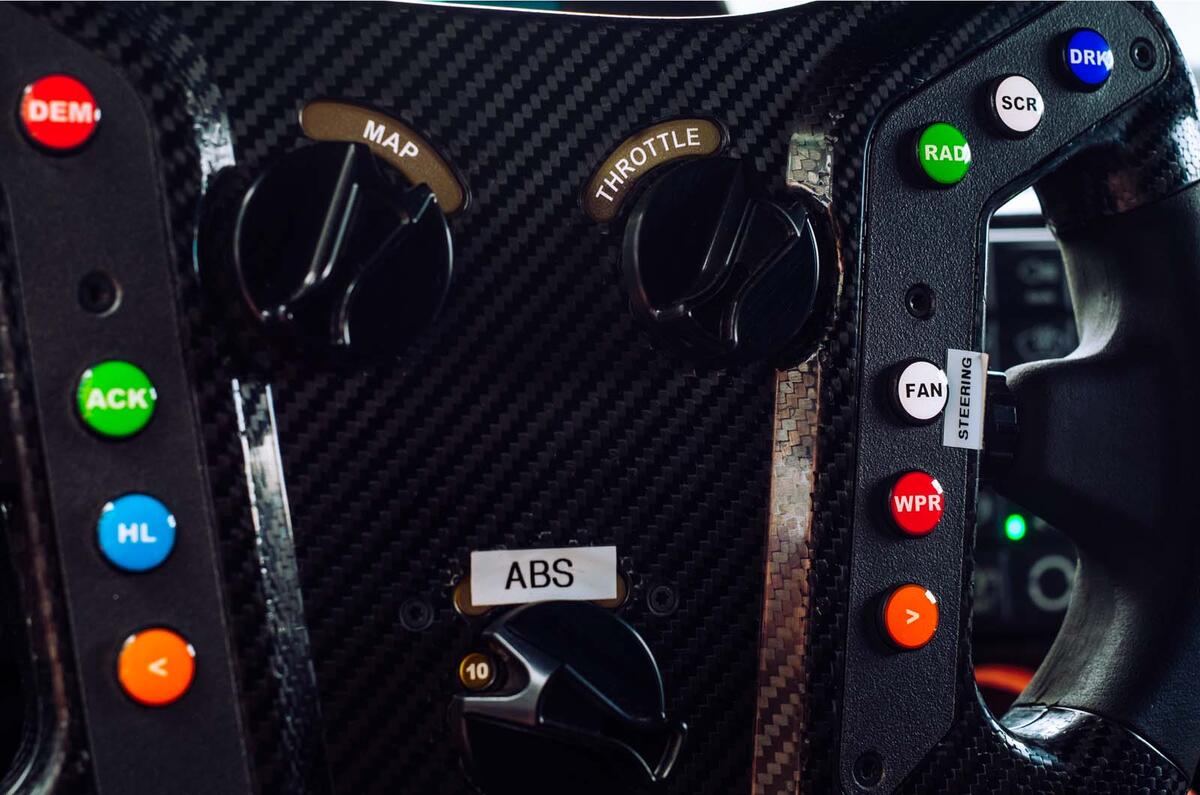
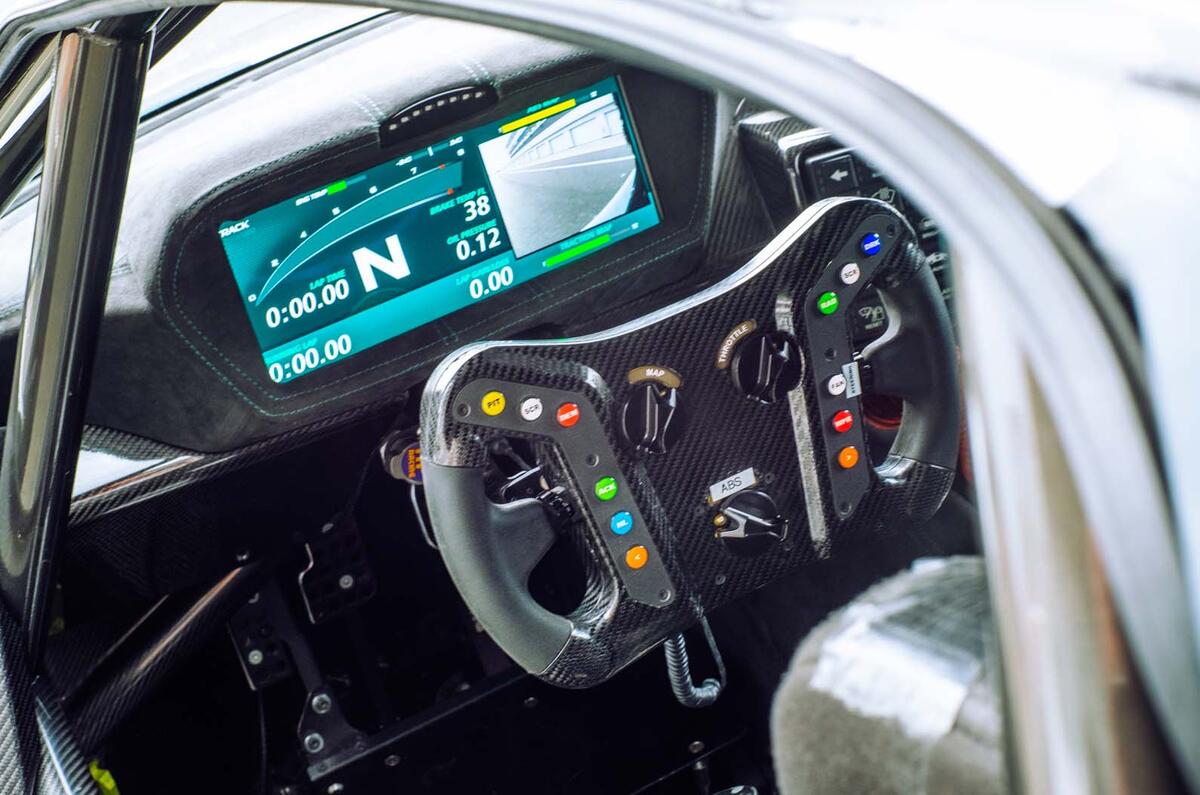
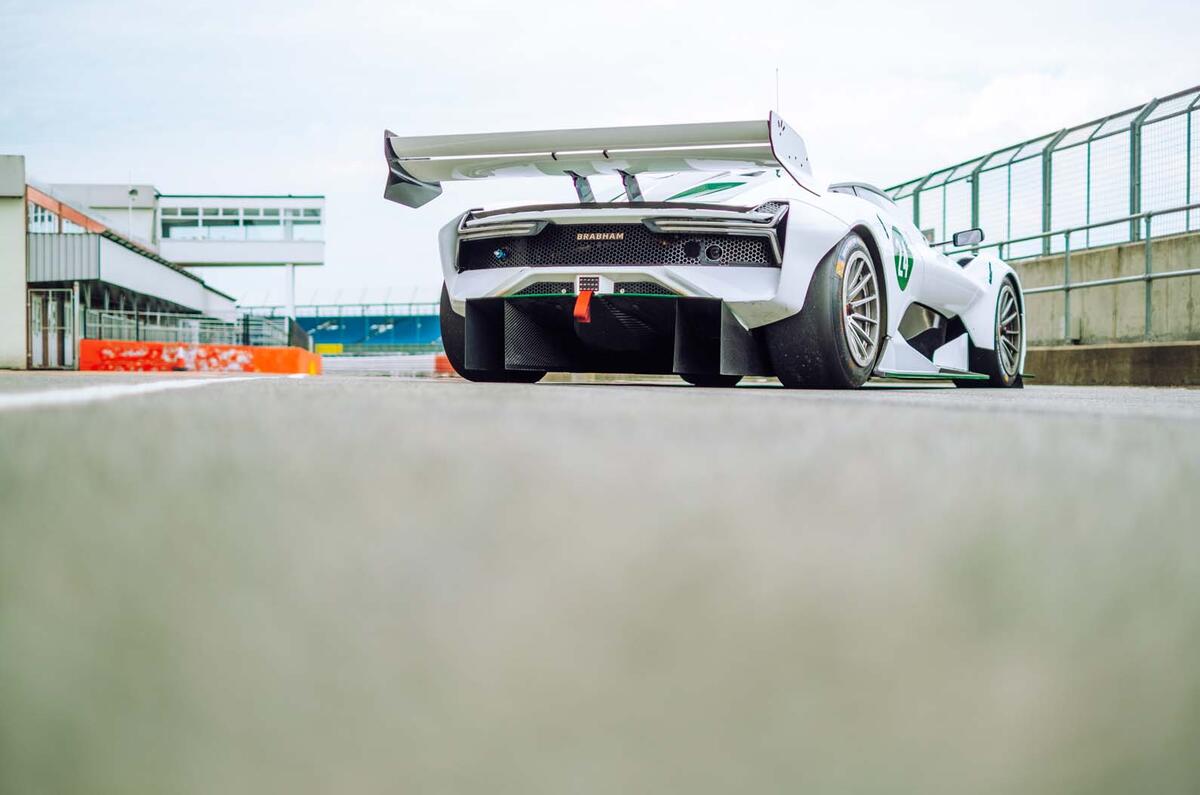
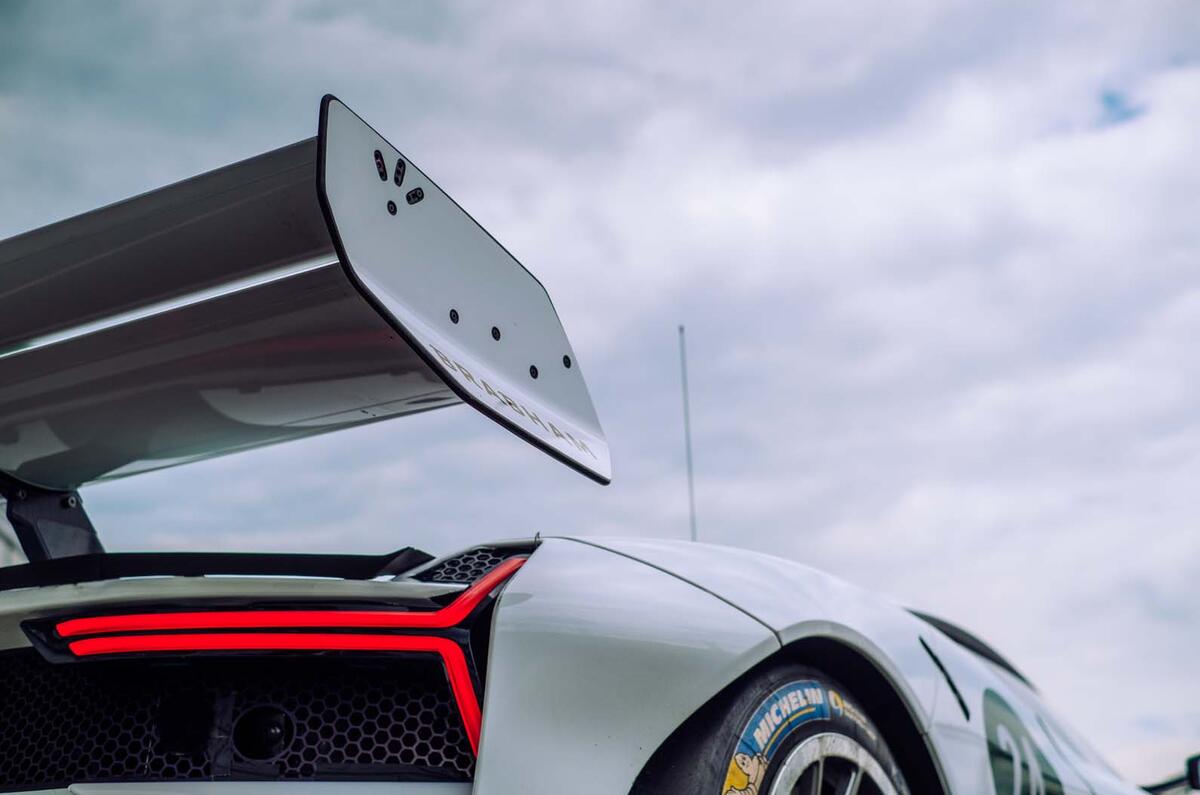
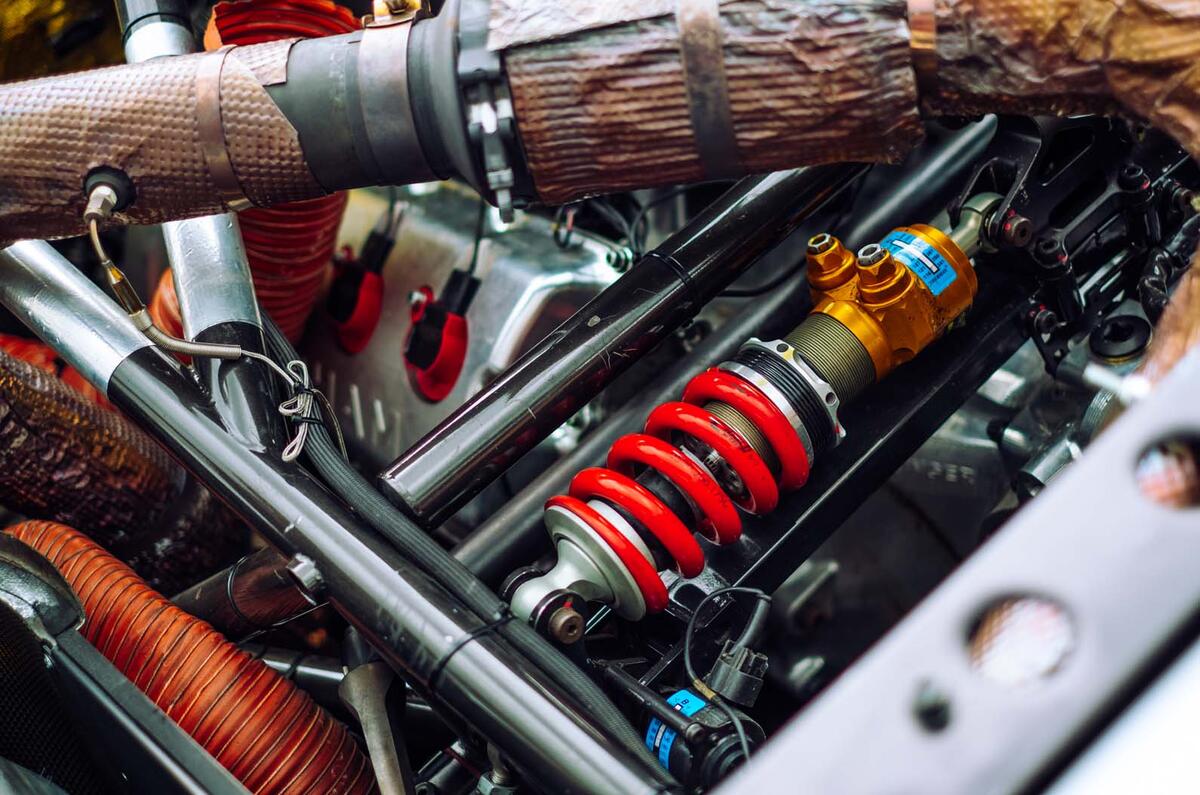
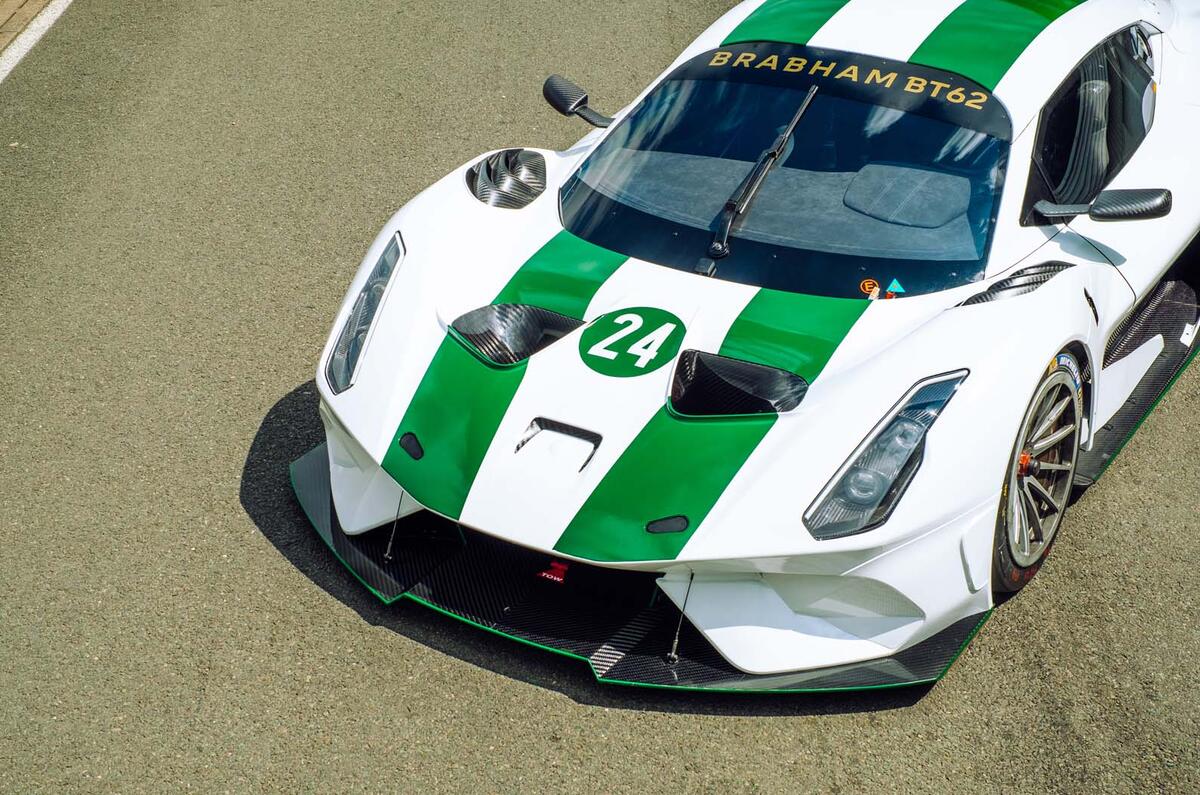
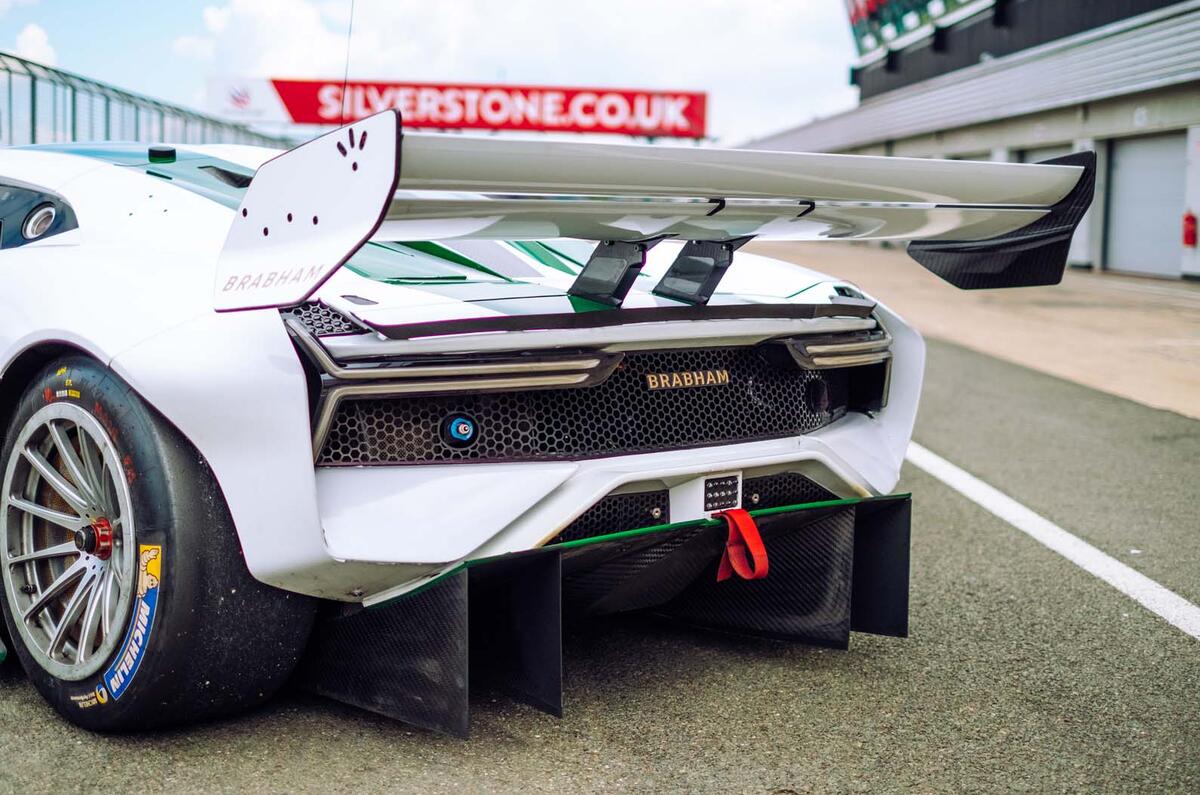










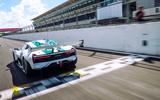







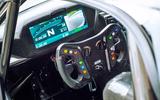
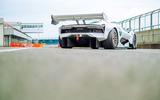






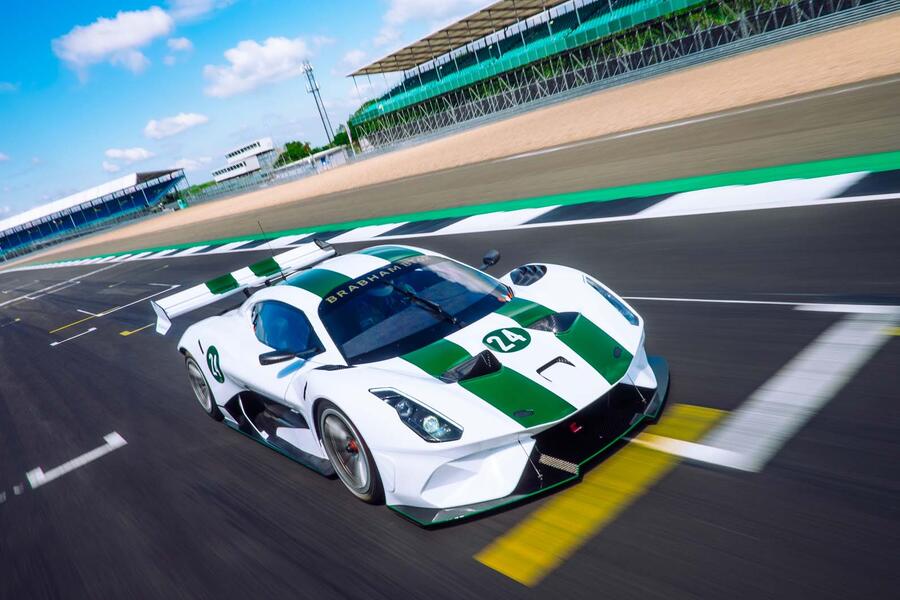
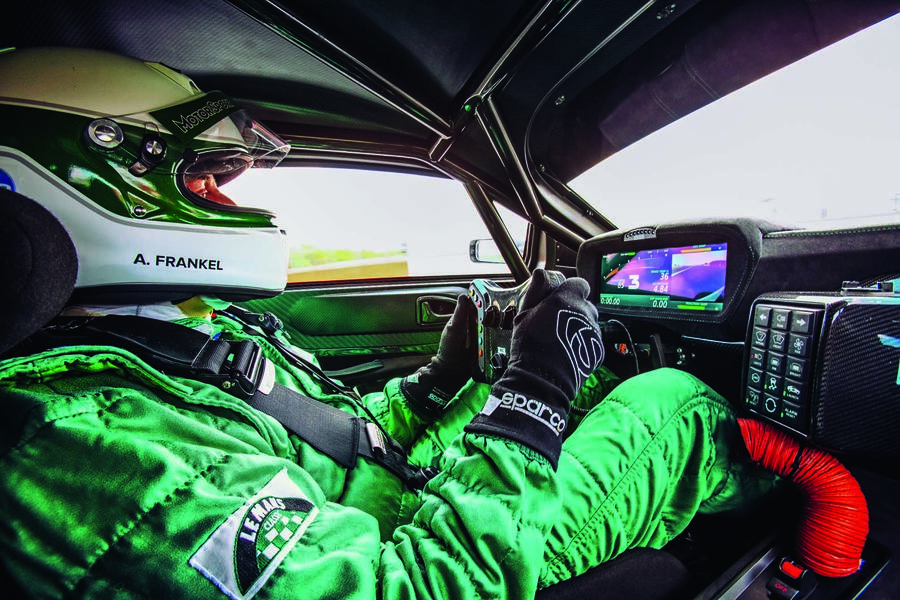
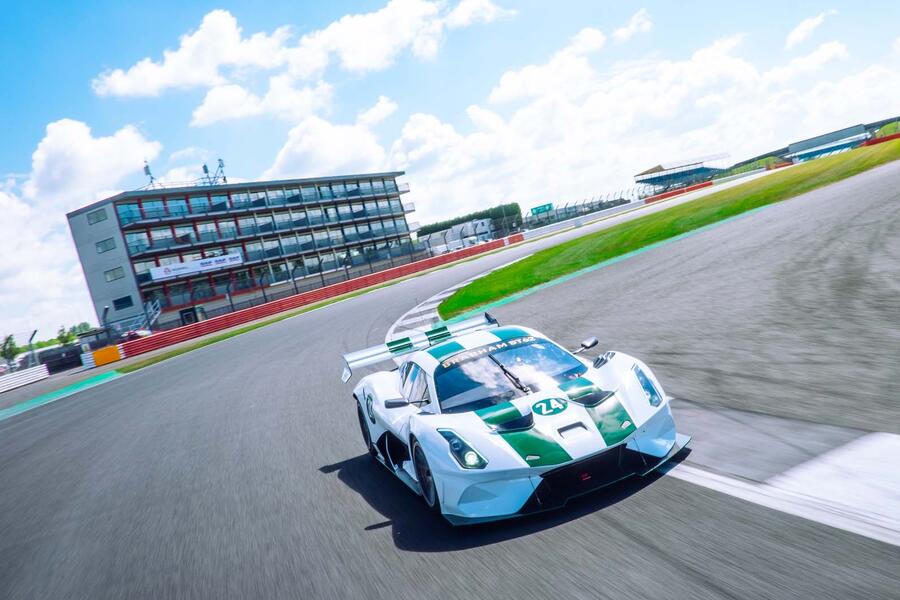
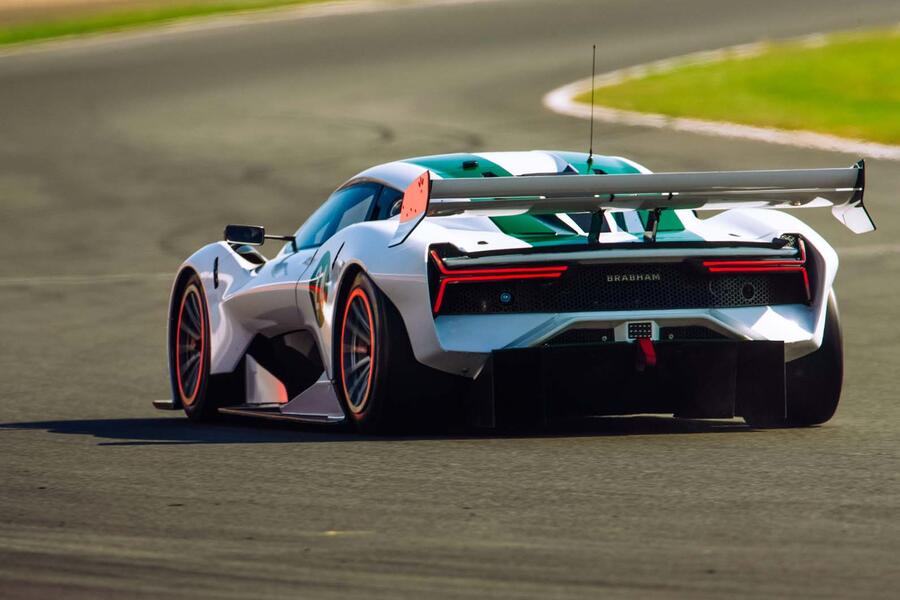
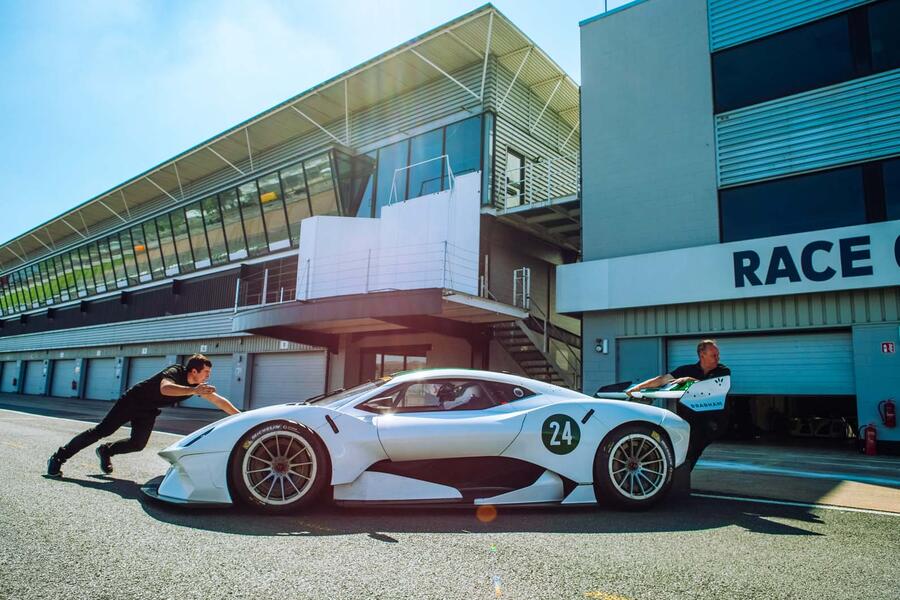


Join the debate
Add your comment
Mover over McLaren...?
Looks wise this is way better, performance wise?...meh!
Upside down
A thrilling car and a good review.
But 1200kg of downforce does not mean a car that weighs 975kg (excluding driver?) could happily drive upside down. Two major problems:
1) The effect of the downforce would have to be close to the centre of gravity. How the downforce is balanced between front and rear has to do with a lot more than where the COG is. "Happily" is not how one would describe it if one end of the car fell off the upside down road.
2) To push a car through the air at high speed (fast enough to drive upside down) requires a lot of force, and to develop that force requires a lot of traction. This is not normally a problem when not driving upside down, with the benefit, not the negation, of gravity pushing the tyres to the road. But "happily" is not how one would describe it if the rear wheels start spinning and the car starts slowing down and downforce drops and drops while one is driving upside down.